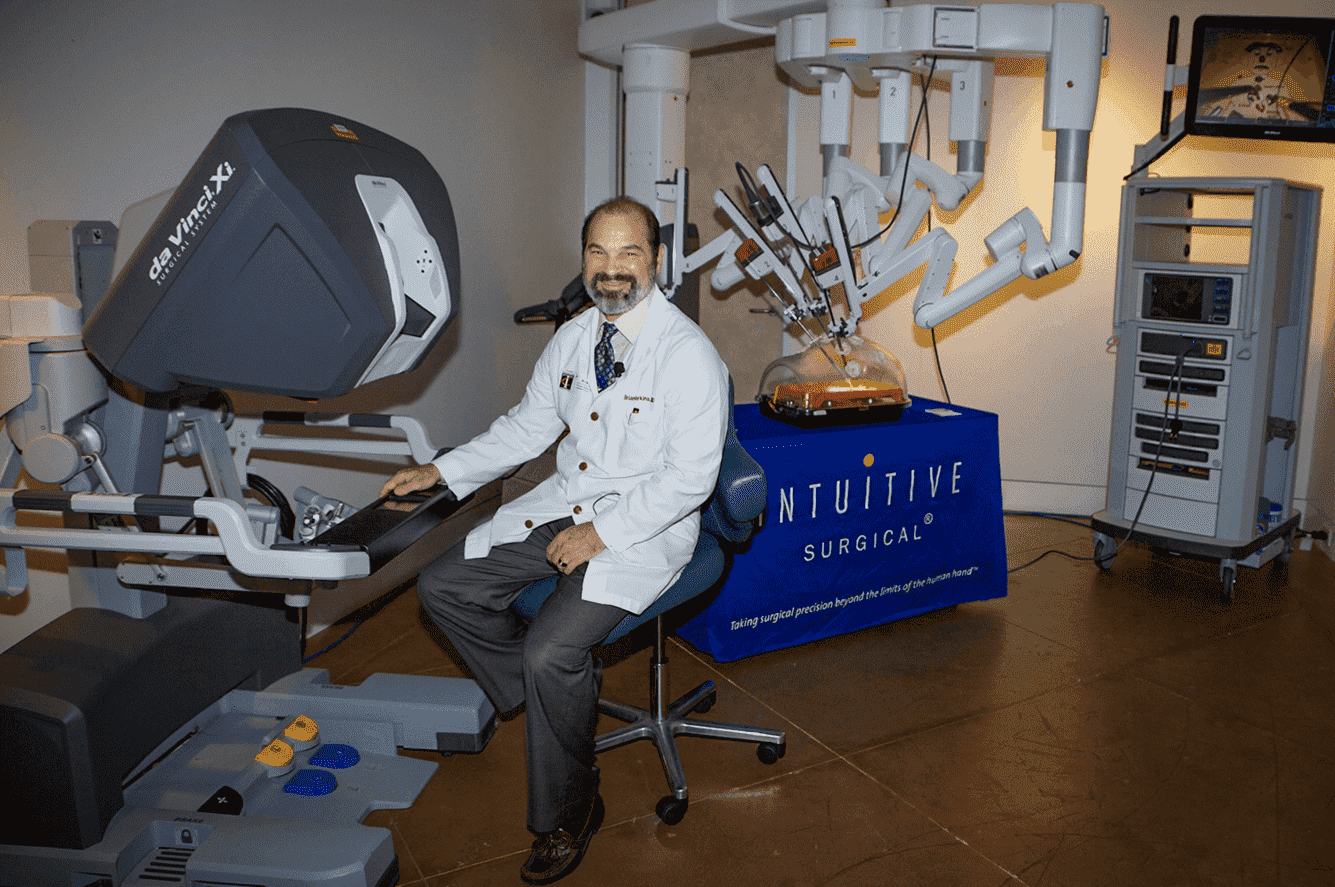Dr Brian Harkins Inguinal Hernia Robotic Surgery
Understanding the Evolution to Robotic Hernia Surgery
The medical community has contended with hernias for numerous years, a condition wherein an organ or tissue emerges through a feeble point in muscles or tissues. Historically, the techniques to address this issue, albeit effective, have often been intrusive and come with lengthy recovery spans. The dynamic landscape of modern medicine has brought forth robotic hernia surgery, a pioneering method advocated by renowned practitioners like Dr. Brian Harkins. Utilizing the profound precision and adaptability of robotic mechanisms, it signifies a novel breakthrough in the realm of hernia treatments.
Dr Brian Harkins Inguinal Hernia Robotic Surgery

